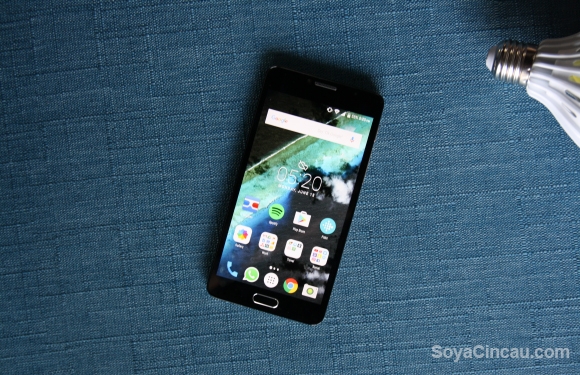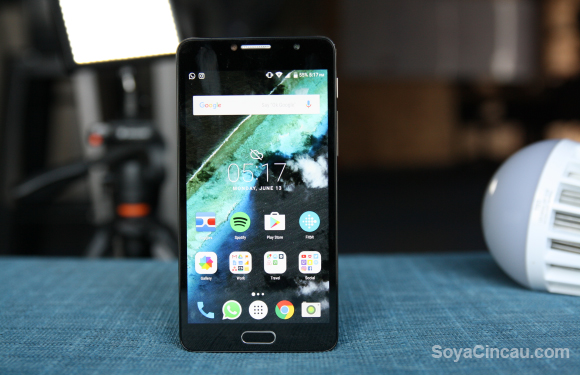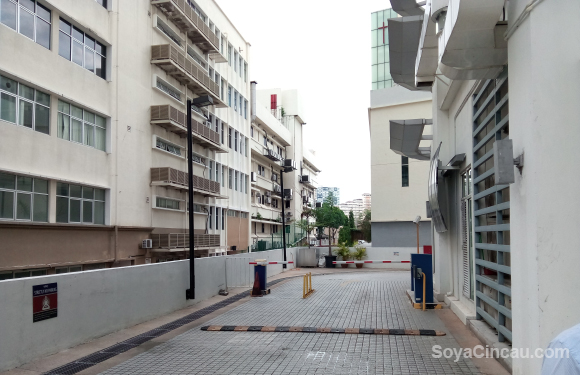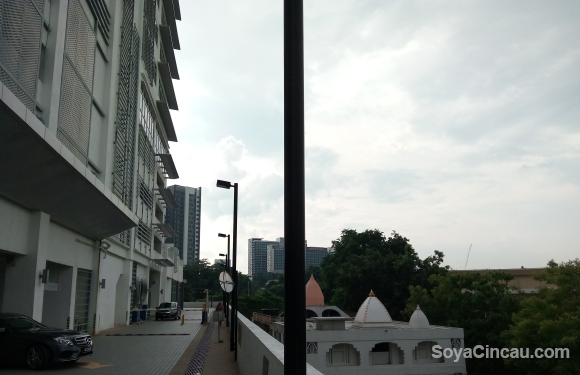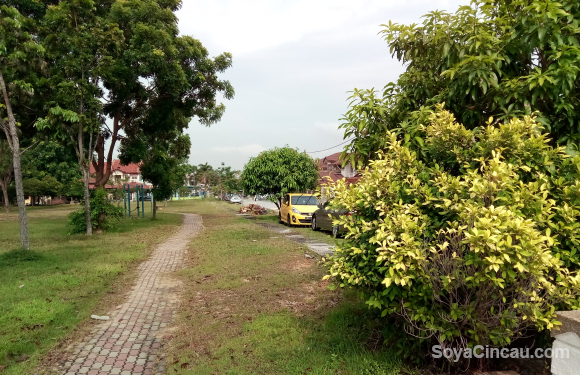“I want a new phone that’s good but cheap. What should I get?”
You have no idea how many times I get asked that question. Mostly from my sister, but there are plenty from other people as well. Normally, this would be an easy question to answer, what with how far budget smartphones have come.
But, we usually look at a smartphone’s value, not necessarily at its price. Take something like the Redmi Note 3 for example: It’s great value, but being priced closer to RM1,000 doesn’t exactly make it “cheap”.
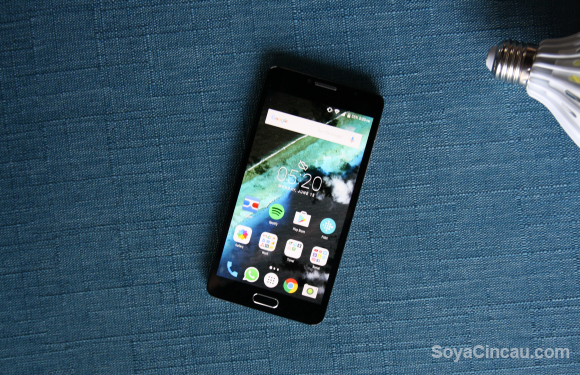
What is cheap then? If that’s something closer to the RM500 mark, then the Flash Plus 2 could be a serious contender for your hard earned cash.
It’s got a potent cocktail of decent build, decent specs plus one or two extra creature comforts that you’d be hard pressed to find on any other smartphone at this price range.
That said, I won’t butter its biscuit because that would give you the wrong impression. This is a budget smartphone and it should be treated as nothing more or less than that.
Now that we’ve gotten that out of the way, let’s proceed.
[nextpage title=”A jack of all trades”]
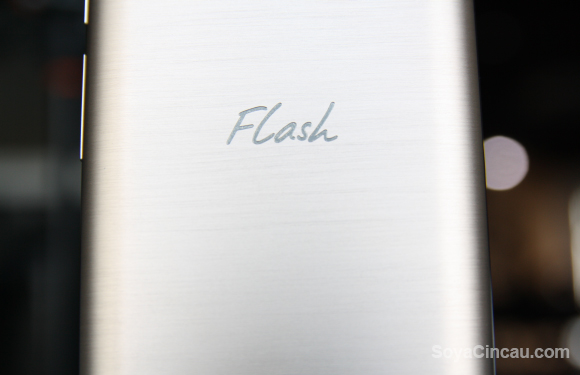
My problem with many budget devices is that they try too hard to have something they can shout about on a brochure at the expense of actually making a decent smartphone. If I’m buying a smartphone at this price range, I want it to be functional above anything else.
I don’t need a wide-angled selfie camera. I don’t need a fancy long screenshot function. I don’t even need a pair of stereo speakers. Not if the rest of the smartphone is about as useful as toilet paper in a thunderstorm.
Save the fancy brochure-y stuff for the big boys who price their smartphones well into four figures. If all a sub RM600 budget smartphone said on a brochure was “a solid phone that you can use daily”, I’d honestly be happy.
Build
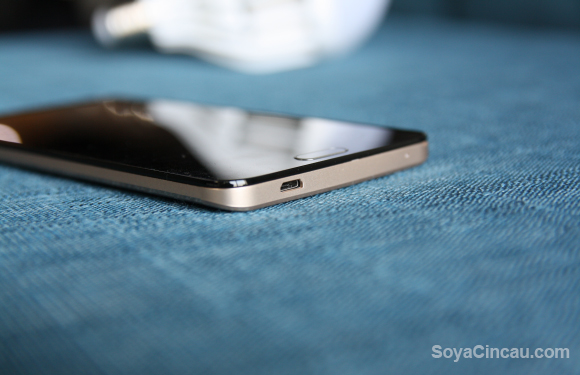
Right off the bat, the Flash Plus 2 looks poised to fall into the same “brochure trap”. It boasts a borderline unnecessary a metal back which is supposed to give the smartphone a premium touch and feel in the hand. I’m frowning upon this because when someone puts a metal back plate on a smartphone at this price bracket, you have to wonder what other features they sacrificed to do so.
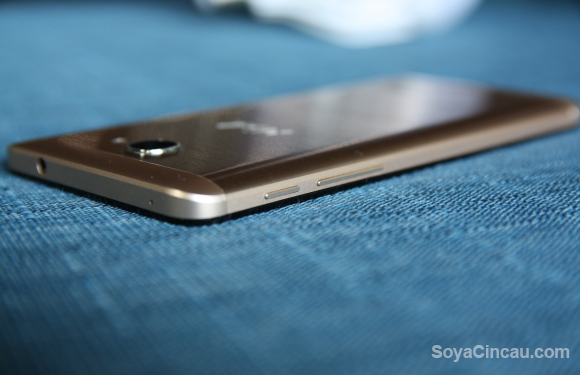
To their credit, the metal feels pretty good (rather honor 5X-ish) and the brushed finish gives it some easy character points. The back is also removable so you can access the SIM slots and microSD expansion, but you won’t be able to swap batteries.
Performance
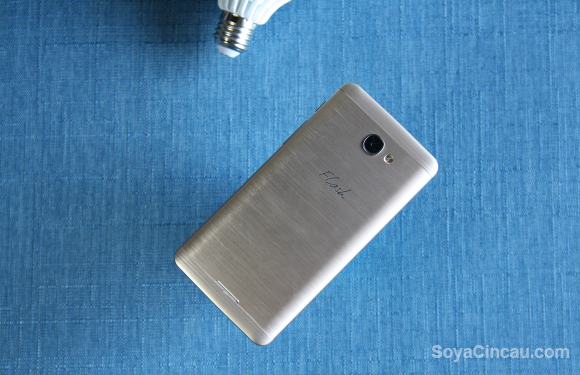
At the heart of this 5.5-inch device beats a MediaTek Helio P10 processor with 2GB of RAM and 16GB of internal storage (expandable via microSD). While the P10 does an admirable job pushing all the pixels on this smartphone’s Full HD display, the operating experience is far from buttery.
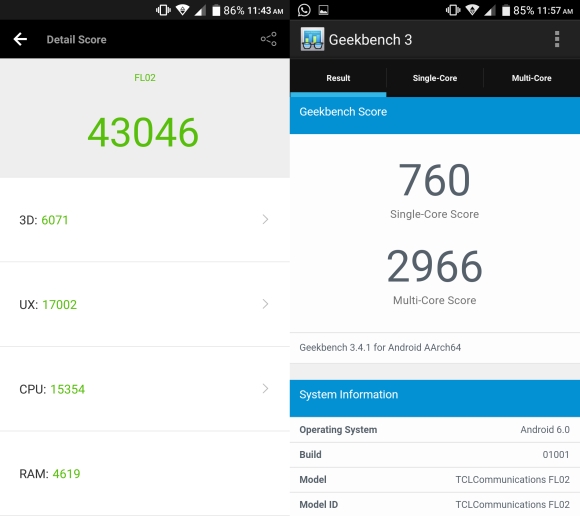
That said, the smartphone’s performance do have some pretty good highs like a quick charging time (30 min = 45%, 1 hour = 80%), accurate fingerprint sensor and nice speaker (for a single back-facing unit). But those are also contrasted with lows like a poor display (doesn’t get very bright or dim), unergonomic power button placement and abysmal battery life.
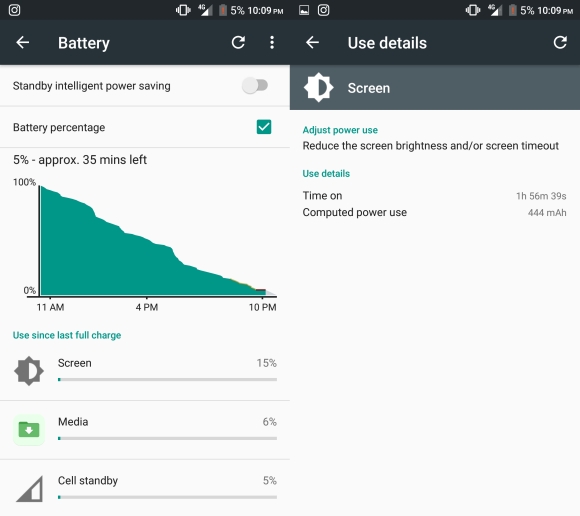
Abysmal as in less than 2 hours of screen-on-time abysmal. That’s weird because this smartphone is running on Android 6.0 Marshmallow yet somehow, it doesn’t seem to have any of M’s battery saving features. I left the Flash Plus 2 overnight at 83% and when I woke up the next morning it was down to 45%.
Did Flash accidentally disable Doze?
Camera
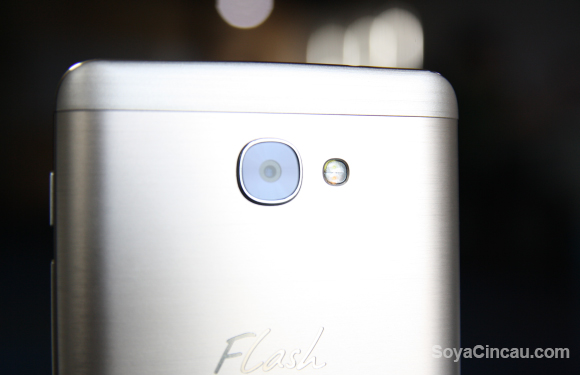
Let’s face it, you’re not going to find a ground-breaking camera performance here. The 13-megapixel f/2.0 camera on the back has the ability to take photos and that’s about it. Don’t try to judge the camera’s image quality because you’ll only be disappointed when you find out that it’s rubbish.

Focusing is slow, images somehow lose all detail, highlights get blown out, colours aren’t accurate and low-light shots are as spotty as a teenager’s pimpled face.
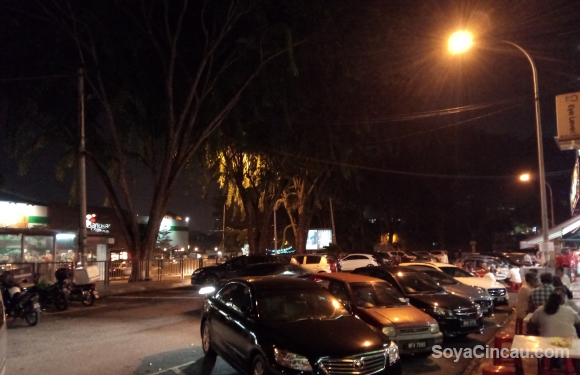
But then again, you probably already knew that. I honestly think that the fact that Flash even bothered to include a camera that could take visible photos is a big plus because, with some editing, some of your shots might even be Instagram worthy.
Bottom line
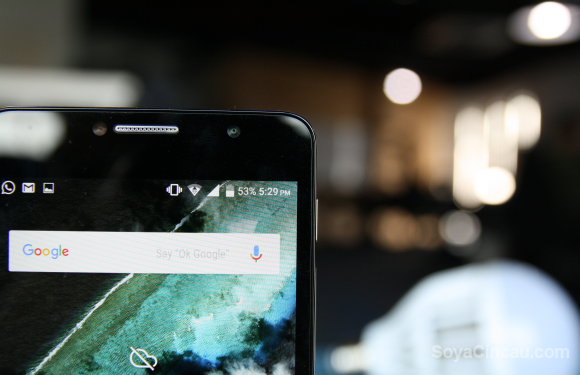
The Flash Plus 2 then is your typical budget device, but it’s a budget device done right. Flash didn’t fall into the one-trick-pony trap of having only one marketable feature to plaster over every brochure and bunting. They kept to the foundations of making a good smartphone across the board that has a great price tag.
This smartphone’s brochure will say “a solid phone that you can use daily” and that’s honestly all I need from it. As a result, the added bonus of a metal backplate becomes a nice touch that I’m sure many will appreciate, instead of a reason that something else in the smartphone is crap.
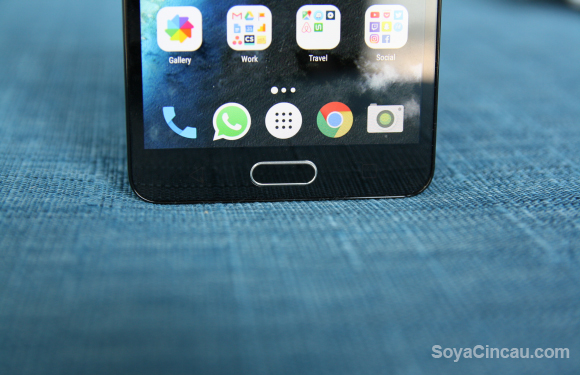
Make no mistake, this handset is still far from perfect, especially with that abysmal battery life, but it gets enough of the right things right that I can actually recommend it to a friend.
Of course, if you have some extra money to spend on a smartphone, my suggestion would be to top up and get something like the brand new honor 5C or the Xiaomi Redmi Note 2/Redmi Note 3.
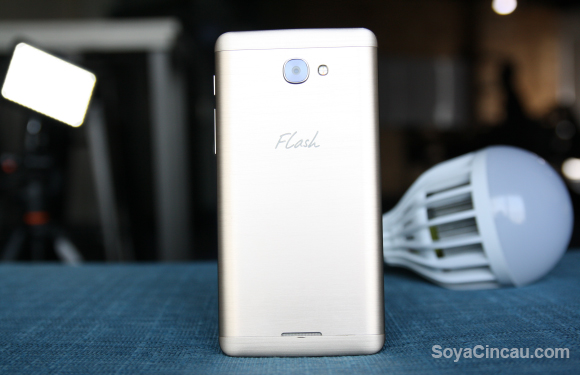
But, if you’re on a really tight budget and RM600 is all you have for a functional smartphone without the fancy bells and whistles or a fantastic camera, the Flash Plus 2 is a device you should be checking out.
Just remember that if you’re buying one, you might have to bring your charger along with you, or invest in a large capacity powerbank. Don’t worry, powerbanks are pretty cheap these days too.
[nextpage title=”Gallery”]
Here are more shots I took straight out of the Flash Plus 2’s DCIM. Click on each image to view the full size.
Bonus selfie:
The front mounted LED flash does come in handy during low light shots. This was taken in a pitch black room.

